Four long years since the fall of the last chequered flag at the Le Mans Classic, Europe’s premier historic racing event was long overdue. With over 200,000 fans packing the stadiums, the Bugatti circuit awash with meticulously turned out car club displays, and a feverish air of festivity, it was fair to say that the covid-enforced absence of Le Mans Classic had done nothing to fade the memories of this sublime historic racing event… and what an event it was.
Aside from the 24h du Mans, the Classic is the only other event to utilize the dramatic, fast paced 8.8 mile course through the forest clad landscapes of Pays de la Loire.
With incredibly well packed entry lists spanning the best part of 90 years, diversity and heritage were not lacking in any sense, with six finely curated plateaux constituting the main grids, from the Talbot AV105s, Bugatti T35s and Alfa Romeo 8C 2300 of Plateau One, through to the more contemporary Ferrari 512BBLM, Cheetah G601s and Chevron B36s providing a thunderous soundtrack which resonated through the deserted woodland around the back of the circuit.
Contesting three races per plateau over the weekend, with races run in both day and night time sessions, a grueling and highly demanding challenge for all involved, with bleary eyes a common sight in the pitlane in the early hours of the morning. Highly evocative of those long days and nights at La Sarthe in period, whilst not requiring the unreasonable demands of running these cars for a full 24 hour period.
Whilst on any other occasion, the mere mention of these six grids would suffice to leave the most demanding of historic race fan in awe, there were no less than four equally well supported races to reinforce the spectacle.
Both Jaguar and Porsche were treated to single manufacturer grids, both with a resplendent array of historic machinery, providing the vast crowds with evocatively shaped D-Types and C-Types, 911s, 935s and 904s.
Additionally, by way of celebrating the 40th anniversary of the conception of Group C sportscar regulations, with over 40 Group C giants making the grid, including rarely seen machines like the 1992 Peugeot 905 Evo 1, 1985 Tom’s Toyota 85C and the Aston Martin AMR1. With a Friday session that ran into the sunset, a more visceral experience is hard to come by in any walk of motorsport, historic or contemporary.
The superb Endurance Racing Legends made their first appearance at Le Mans Classic, after a parade in 2018, and their notable support for the 2021 24h du Mans. Bringing the modernity of entrants up to 2010, while adding an extra layer of sensory delight, with the ferocious shapes of the Bentley Speed 8, snarling Chevrolet Vipers and resplendent Maserati MC12s some of the many highlights of this eclectic and evocative grid.
A final treat was provided by the running of the supreme Mazda 787B, winner of the 1991 24h du Mans, and owner of arguably the finest soundtrack that ever has, or will exist in the world of motorsport. Quite simply monumental, as I stood between Indianapolis and the Porsche Curves, by ear the car could be traced the full length of the Mulsanne, from Tertre Rouge, my heart racing as it worked through the gears on the exit of Indianapolis, leaving a spine-tingling echo that resonated through the calm of the French woodland.
The Le Mans Classic returns in 2023, to celebrate the centenary since the first running of the 24h du Mans, and promises to be better than ever, though on the basis of the 2022 event, it really is quite difficult to imagine how that will be achieved!


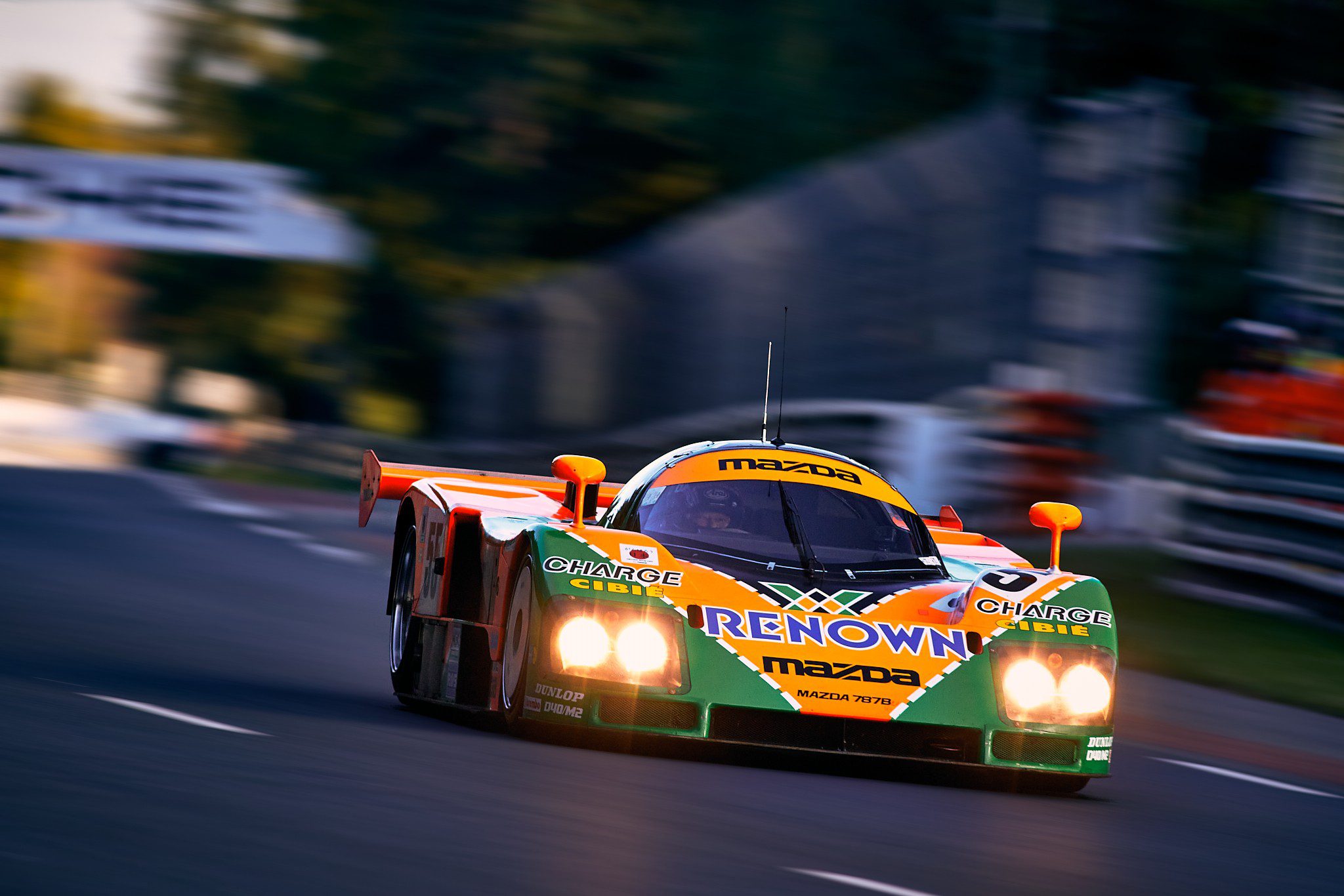




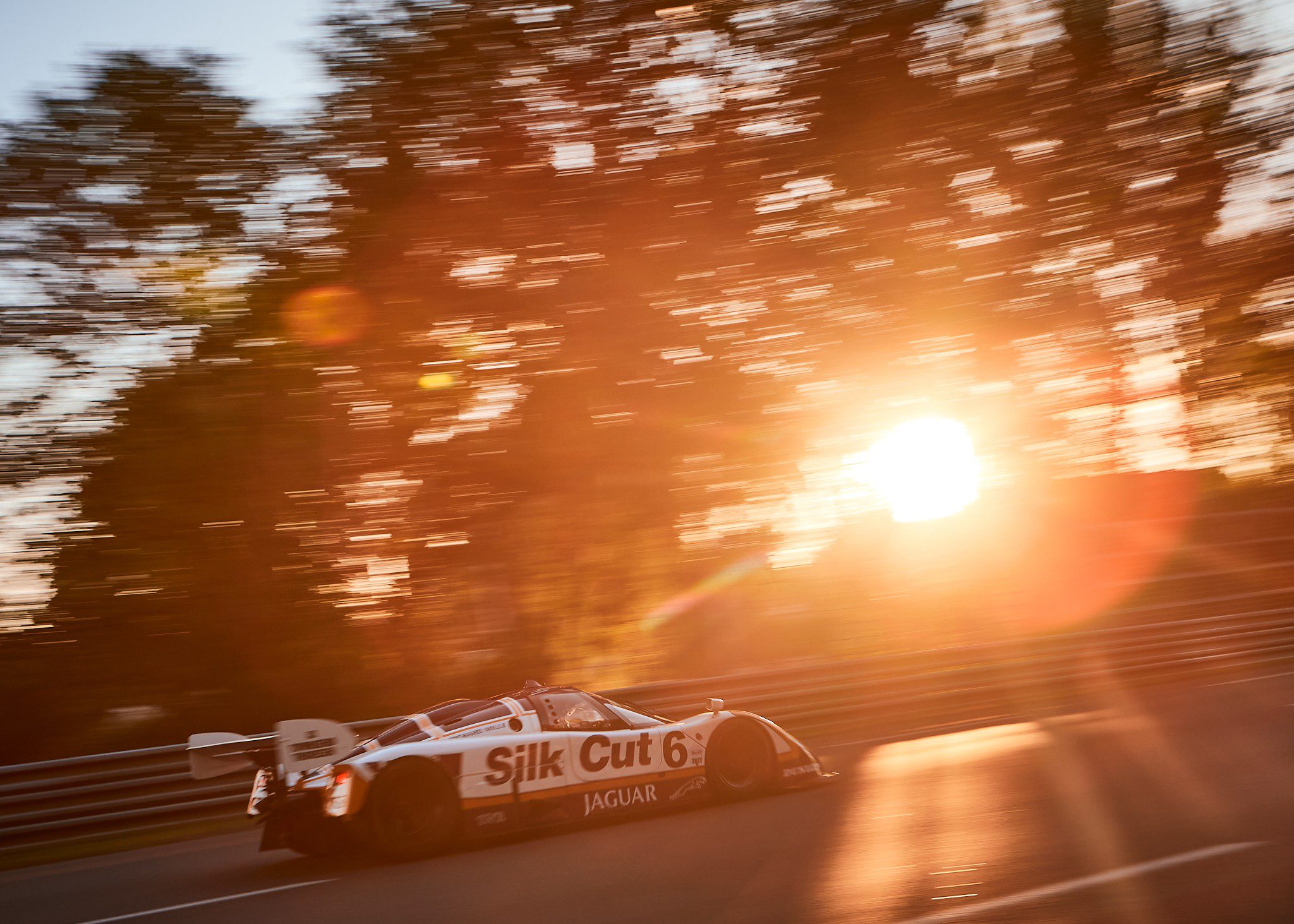




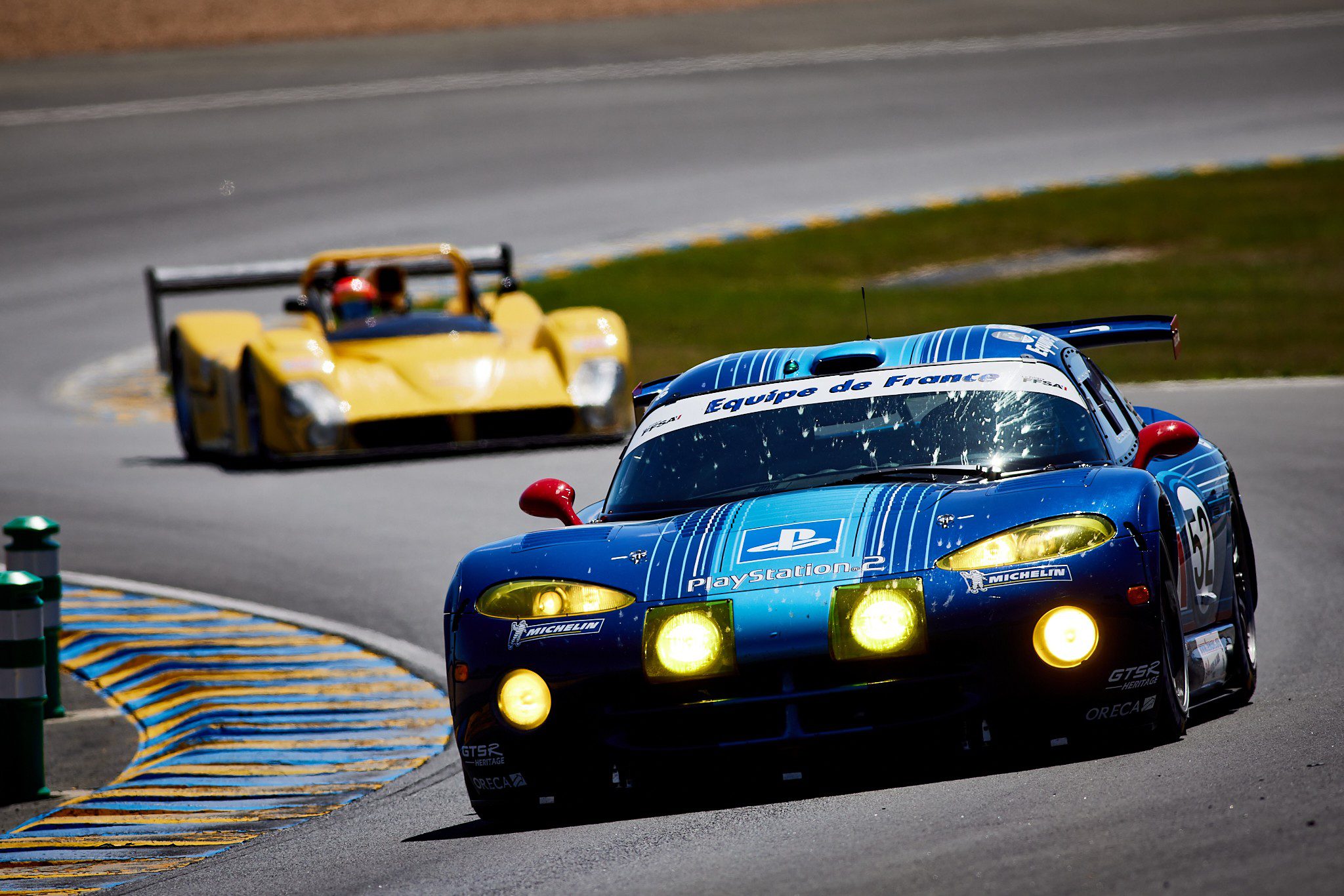


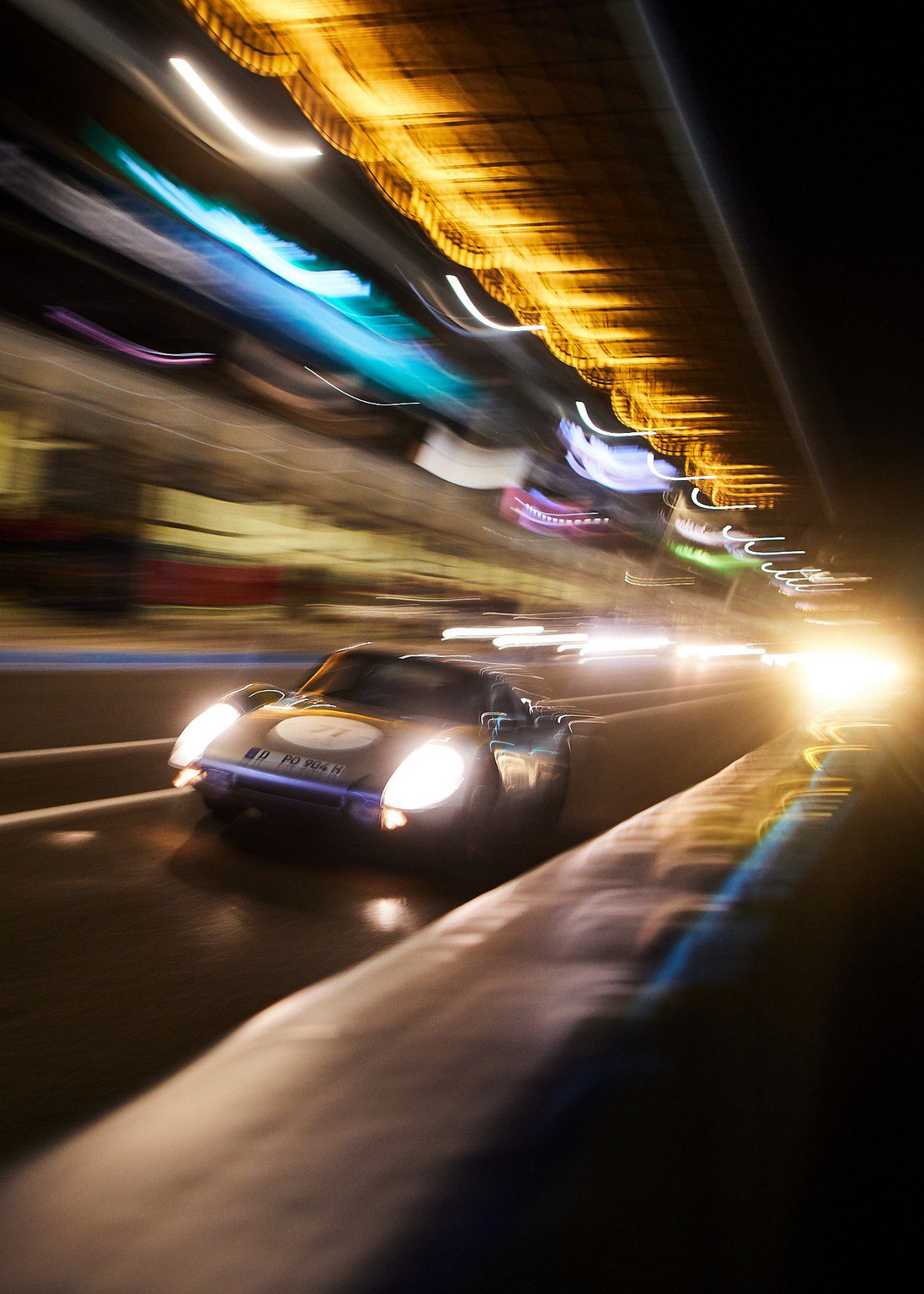


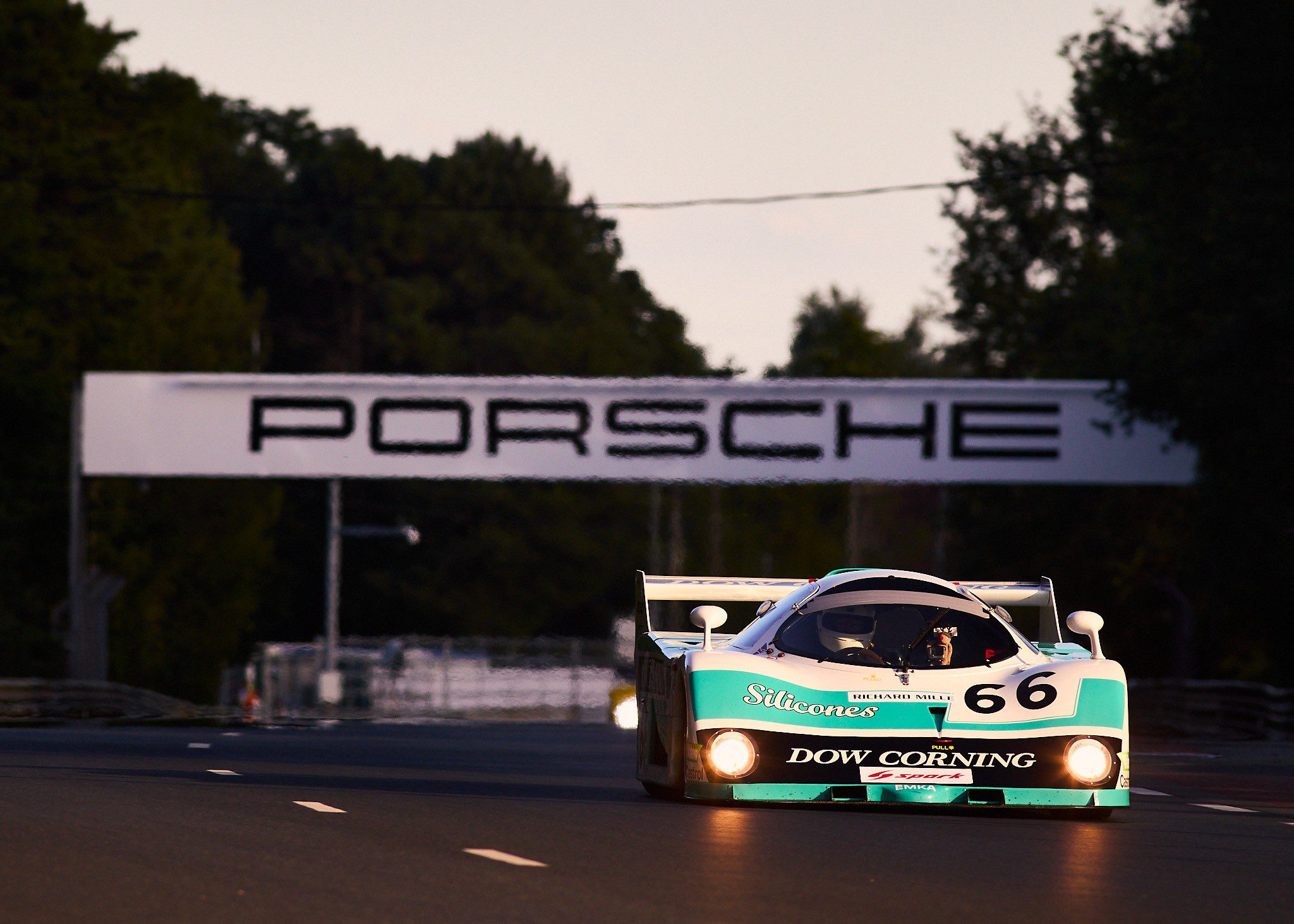
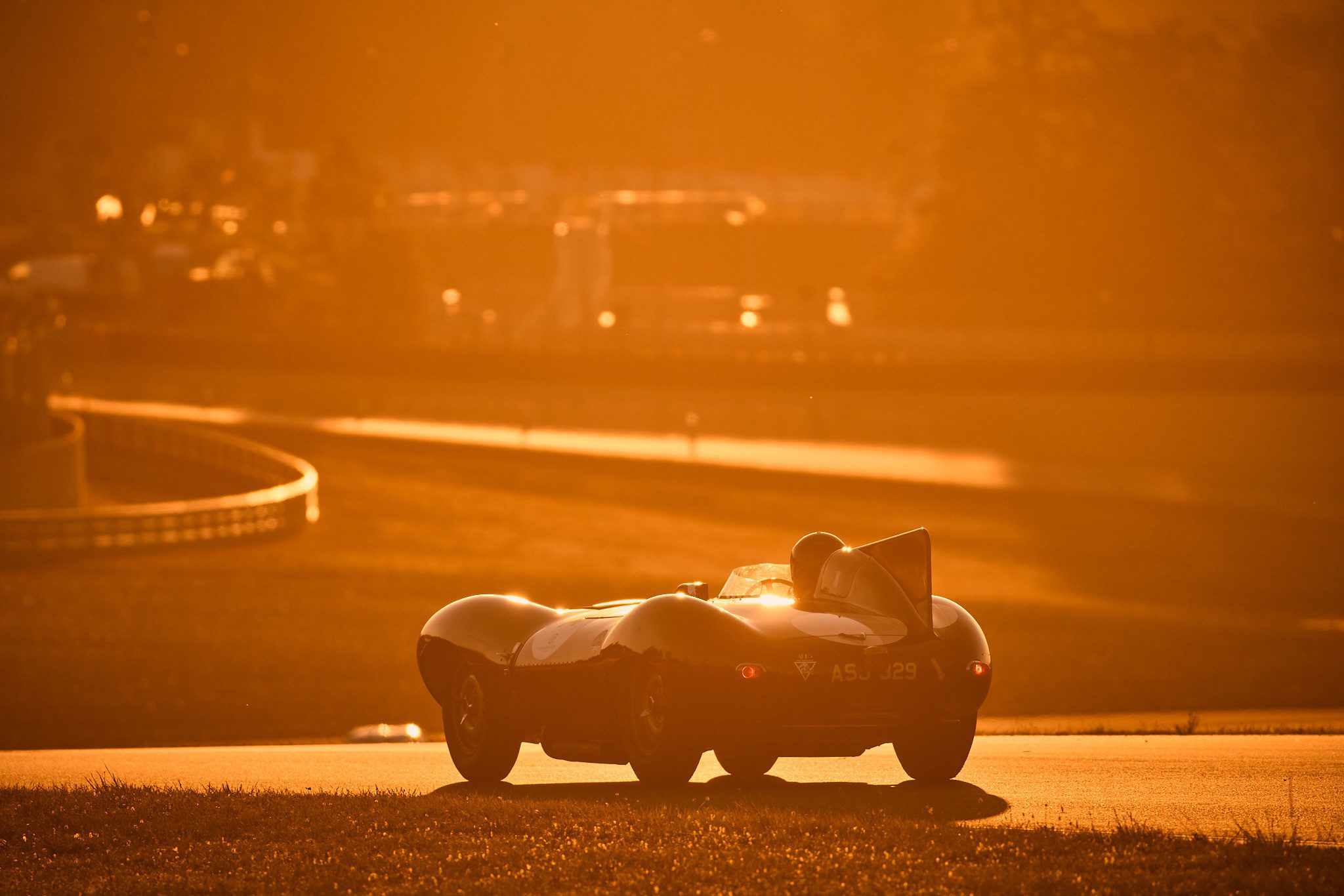
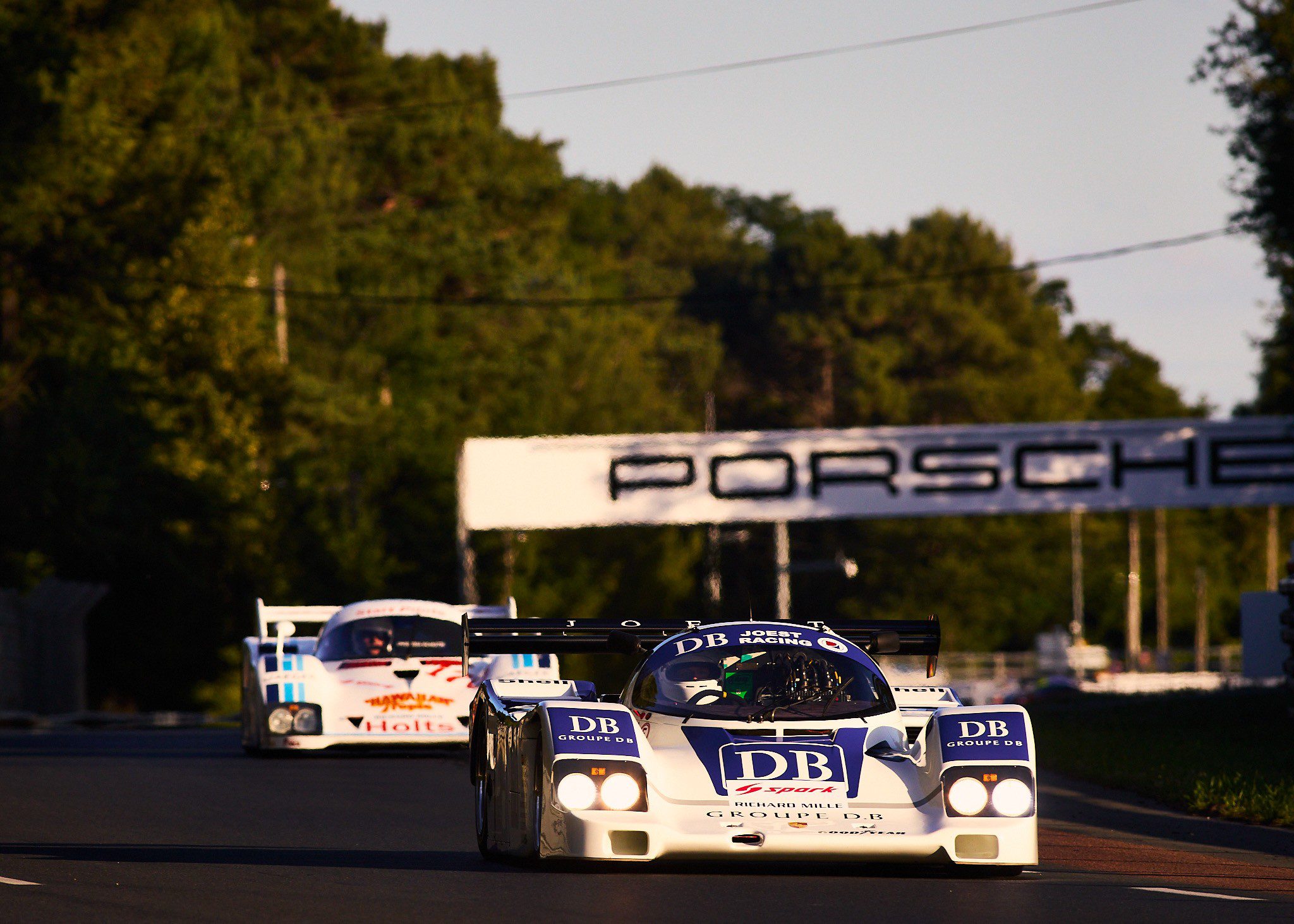





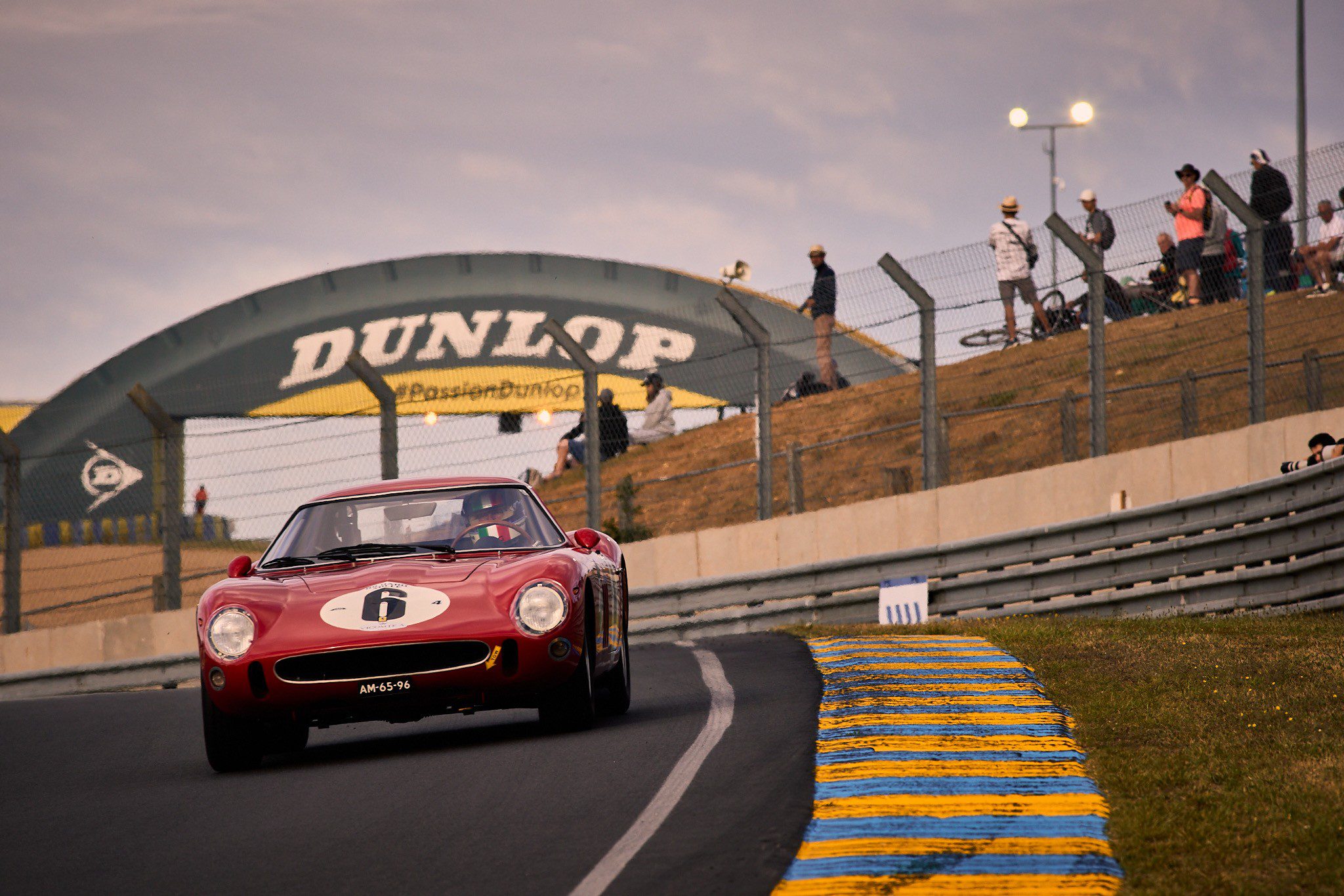
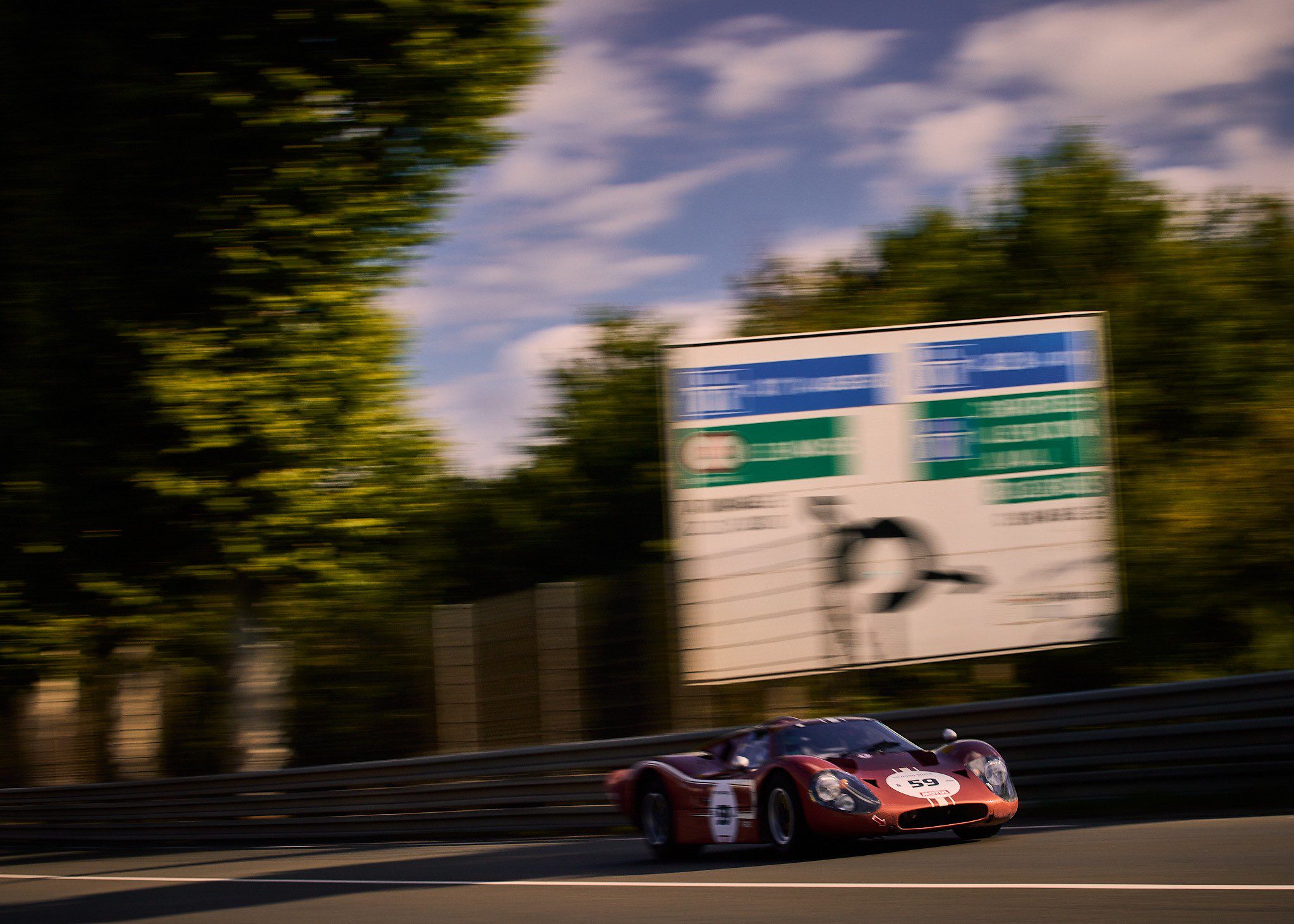
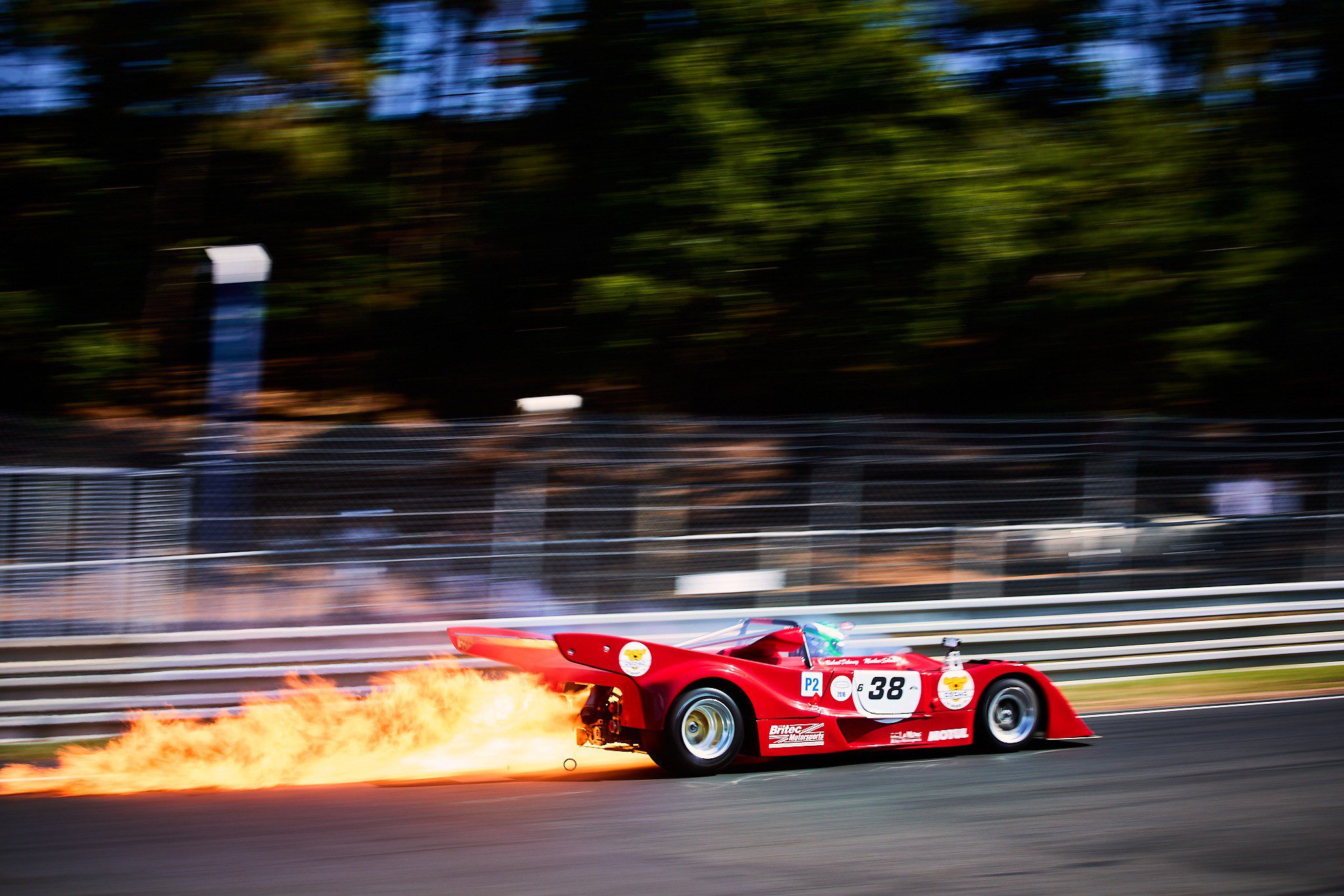


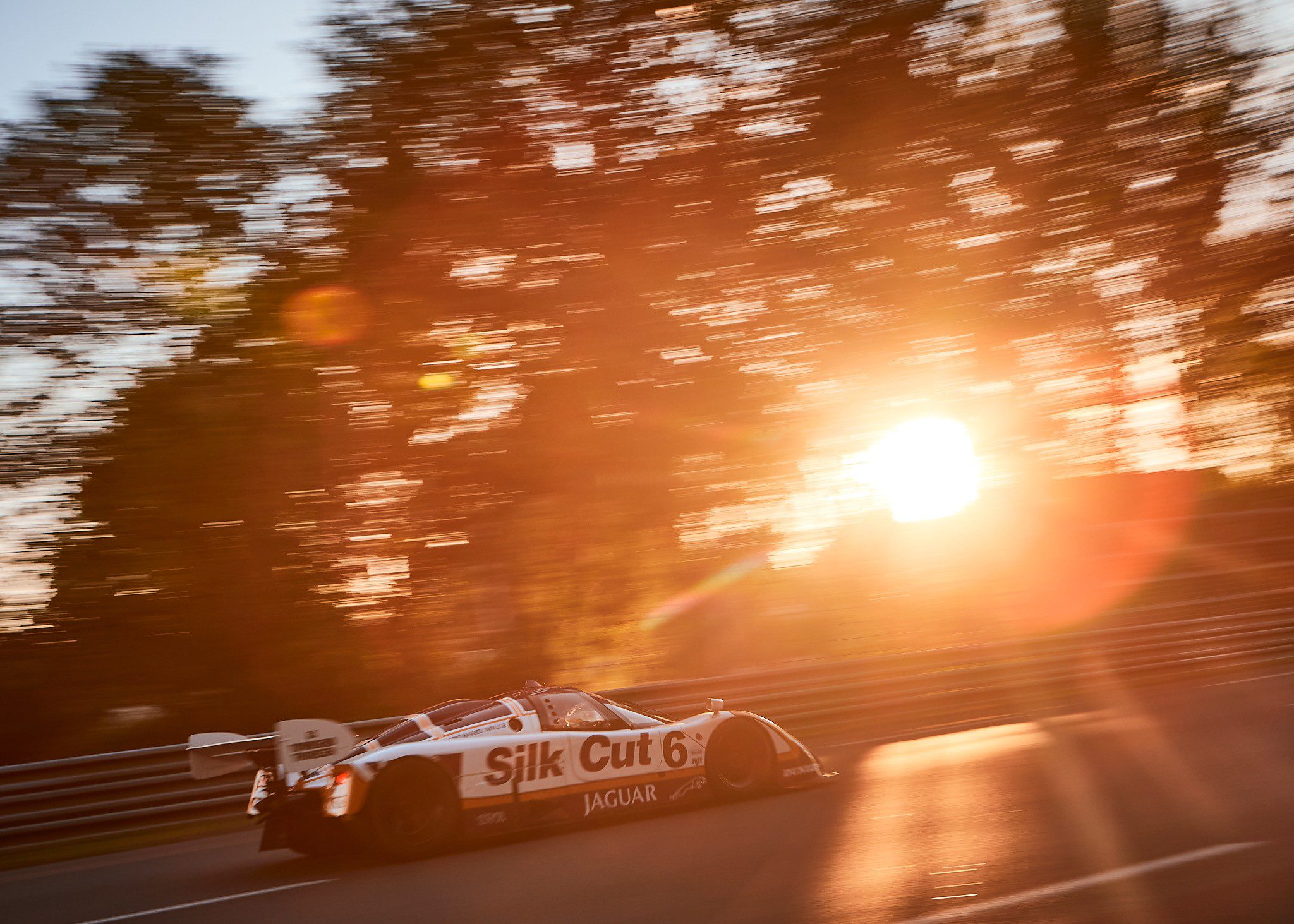
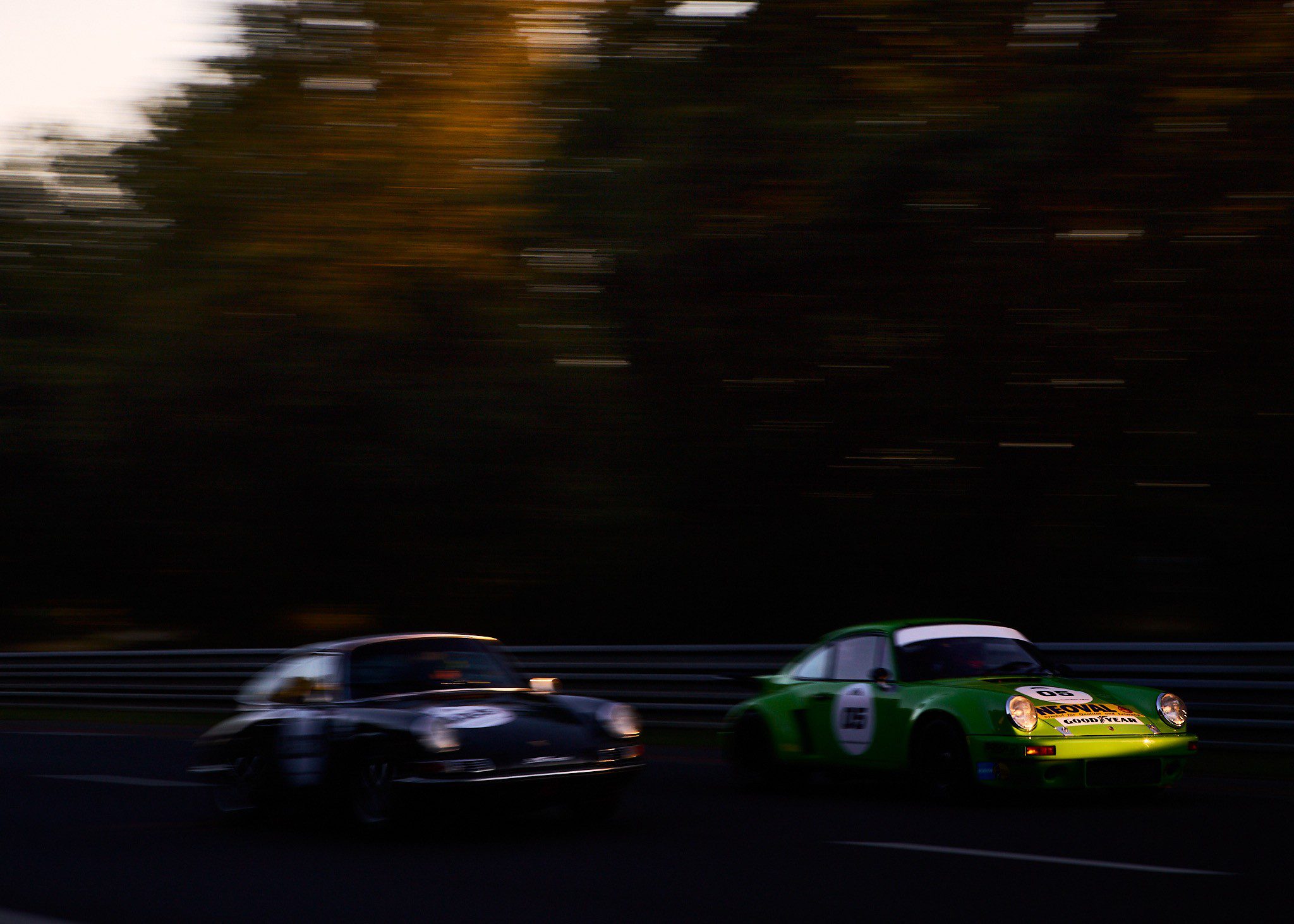

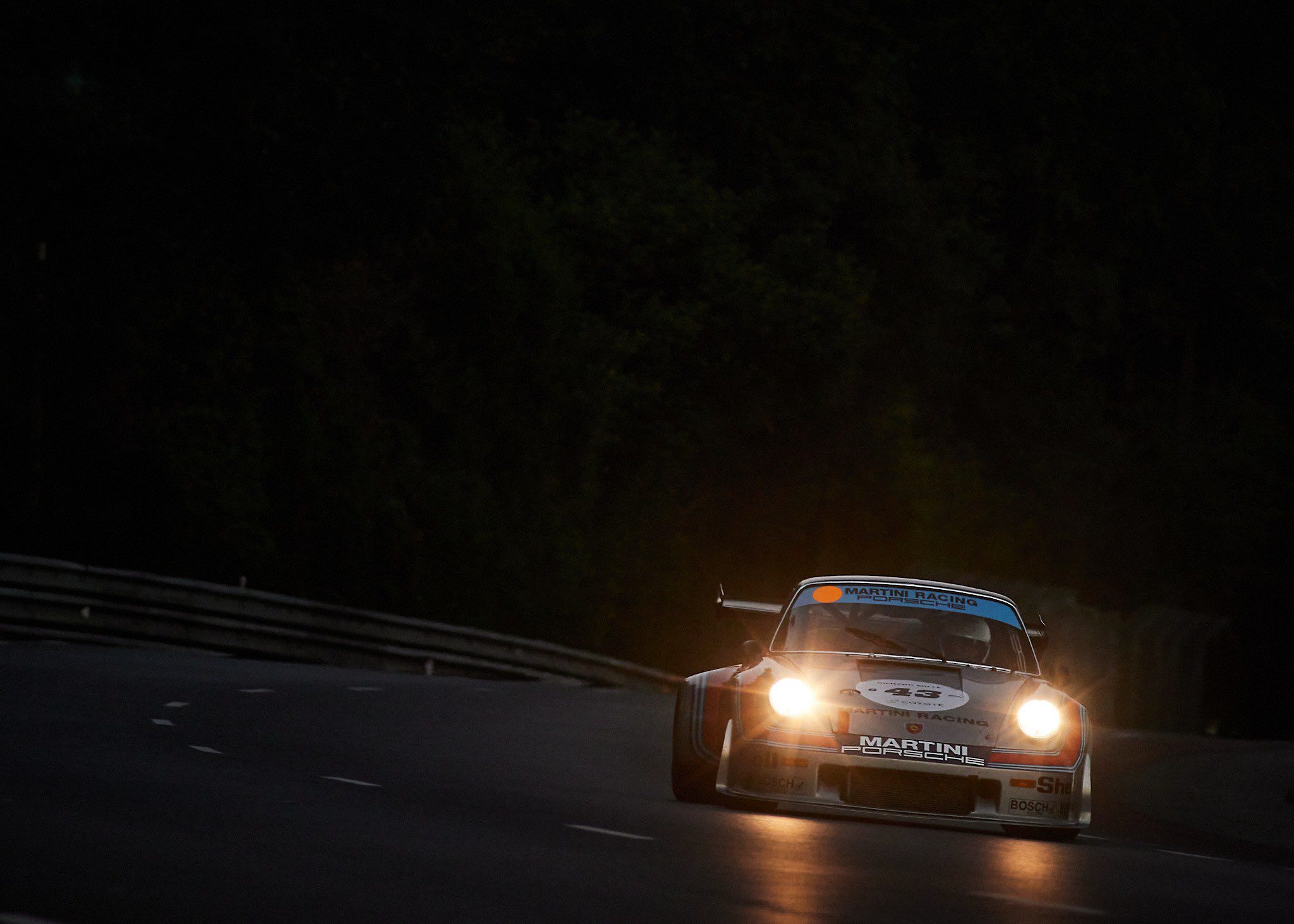
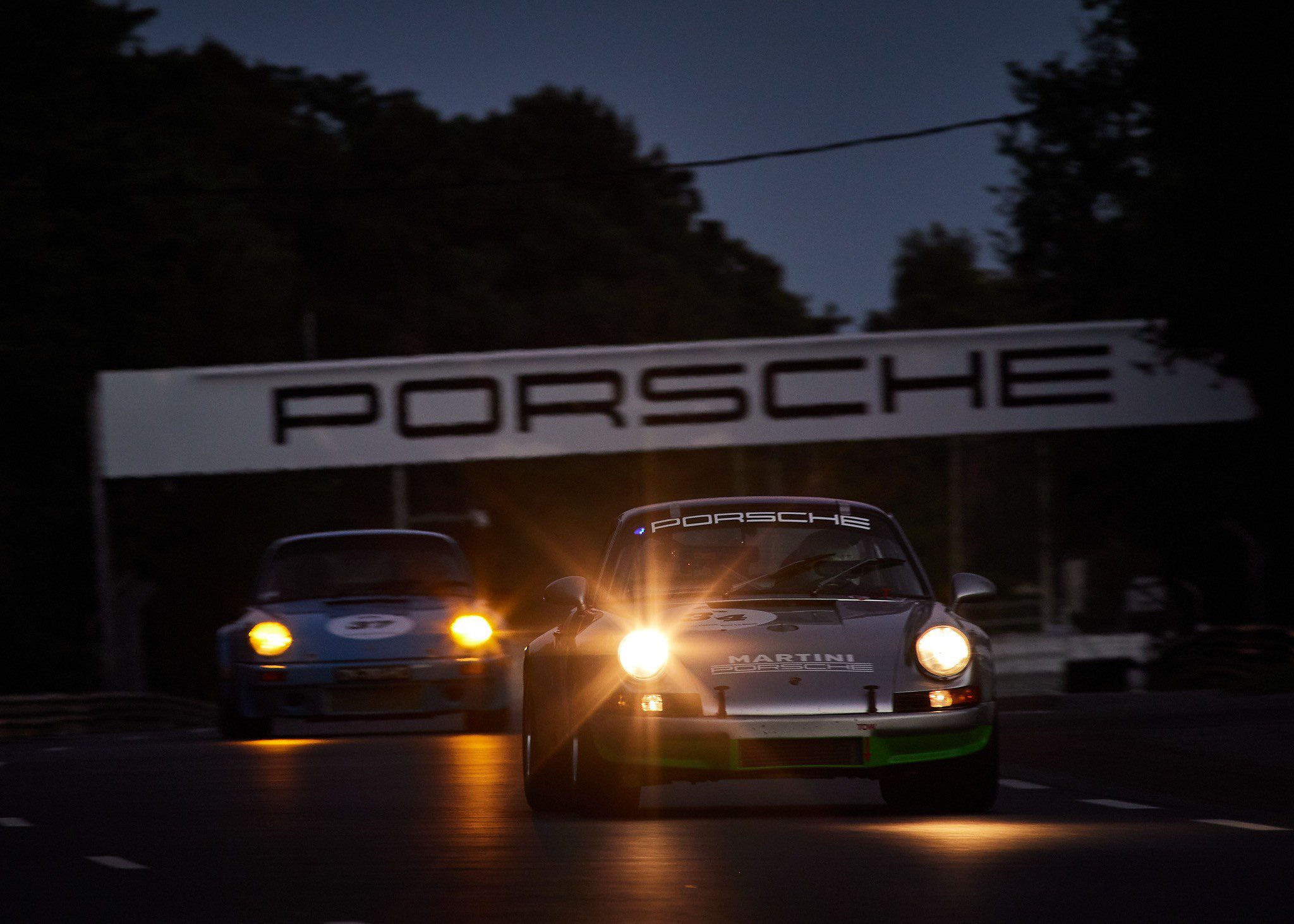


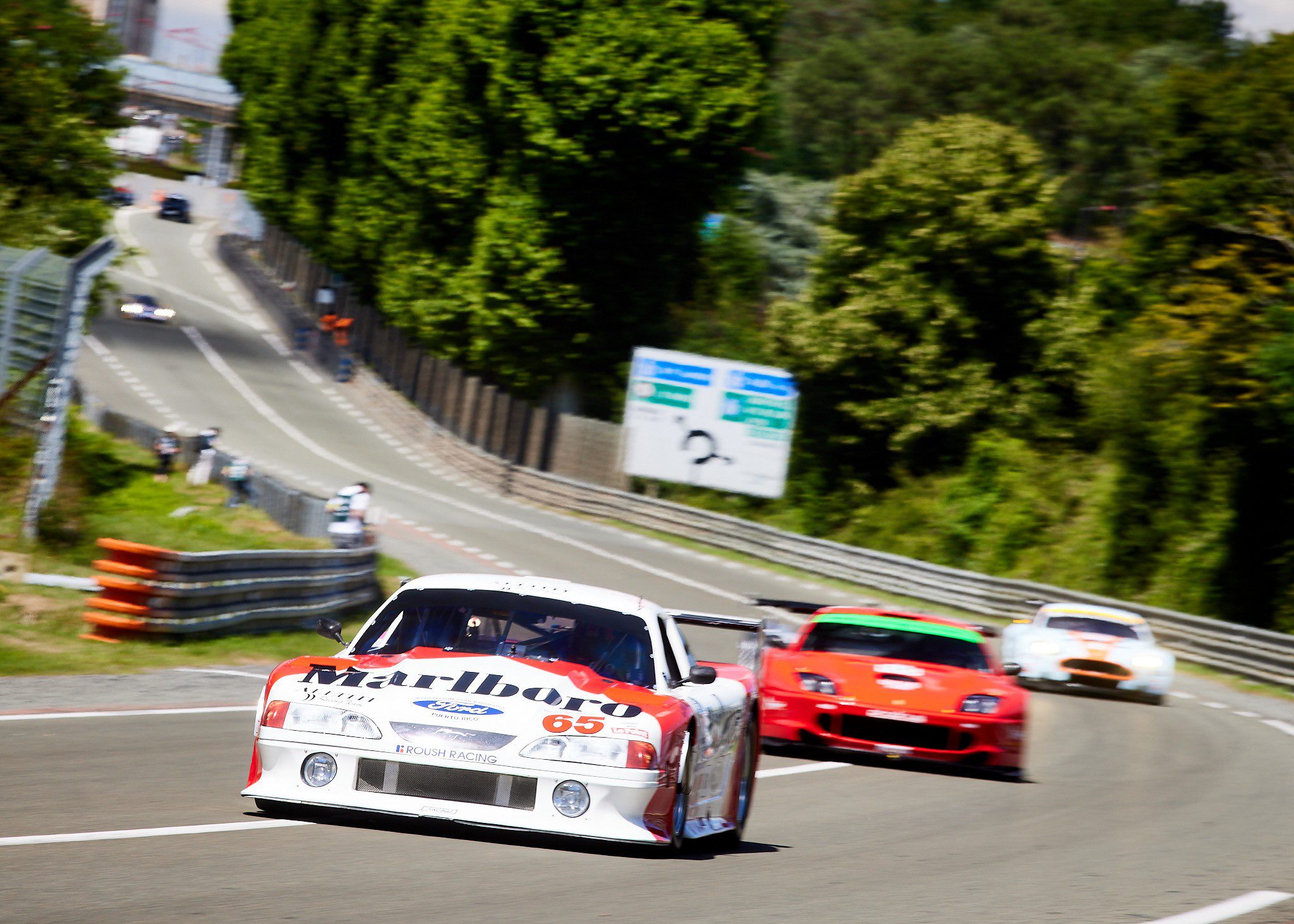
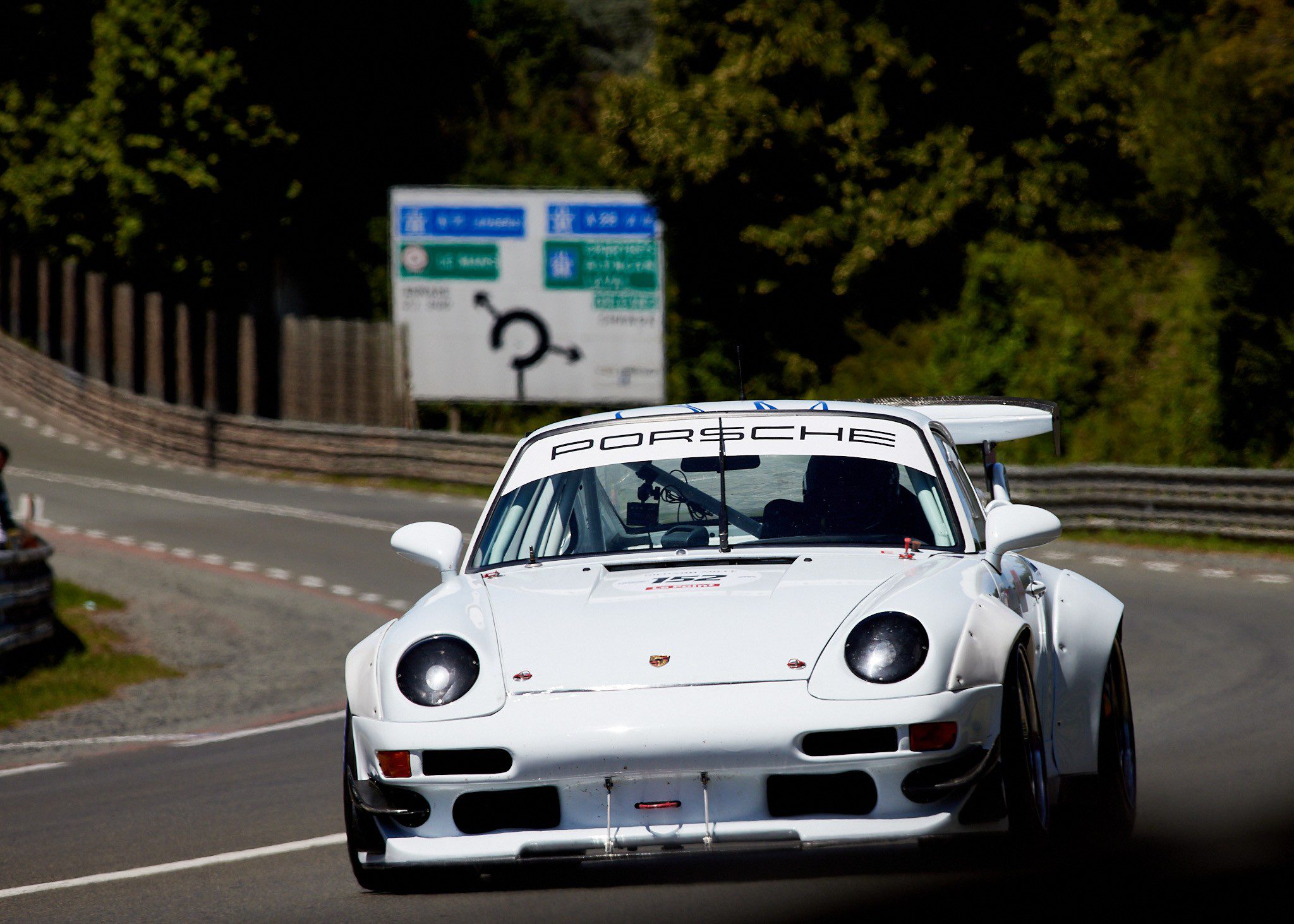

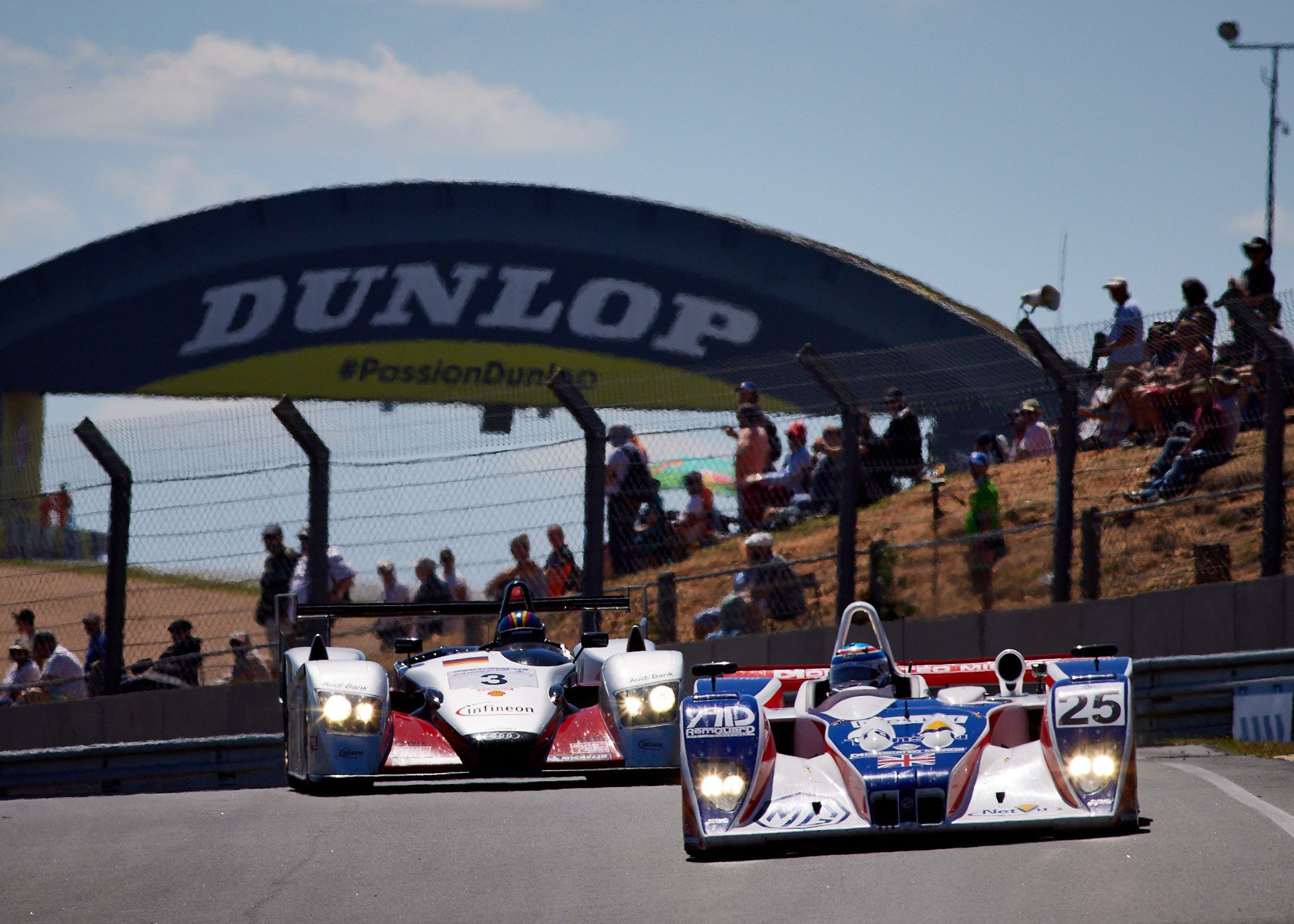

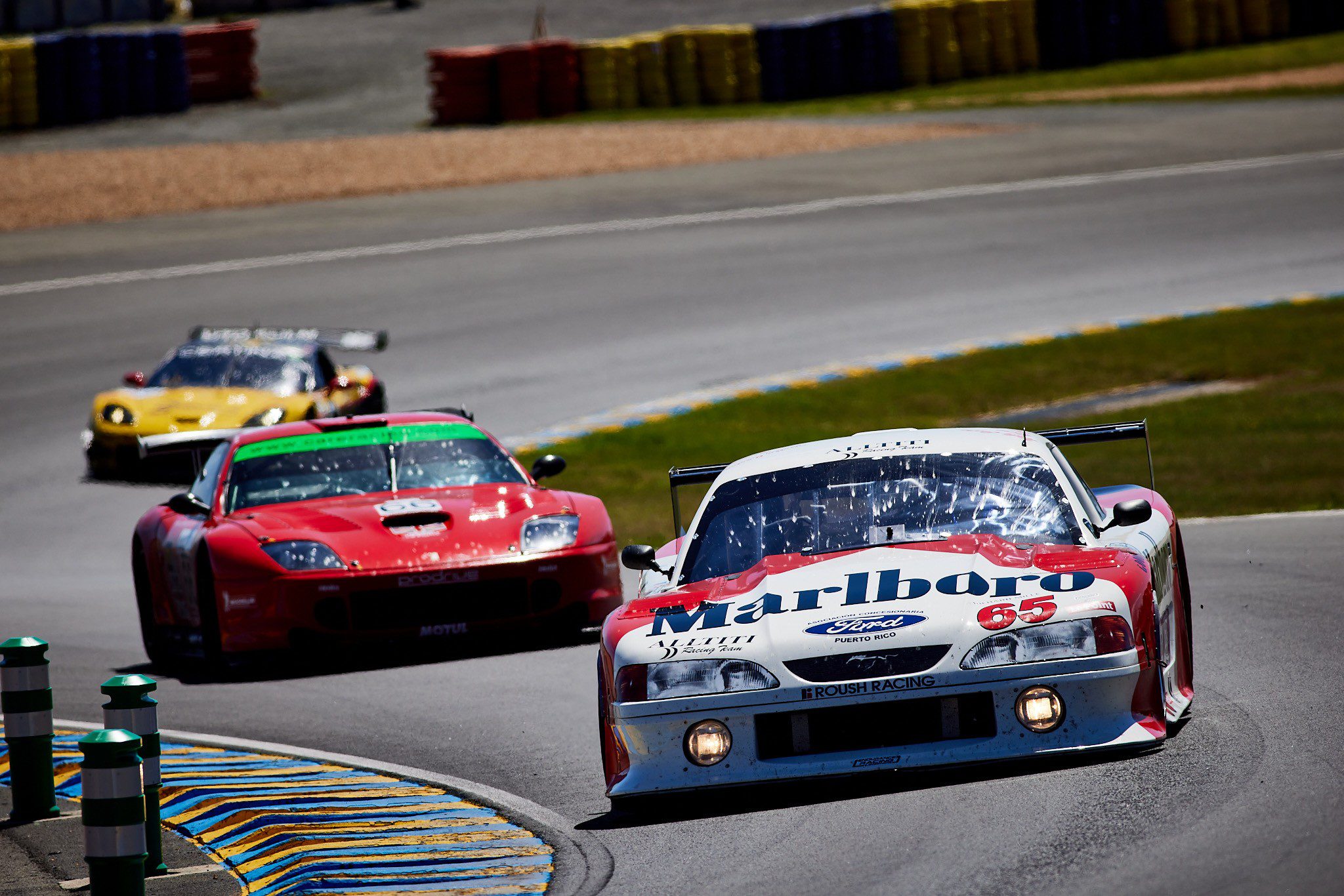

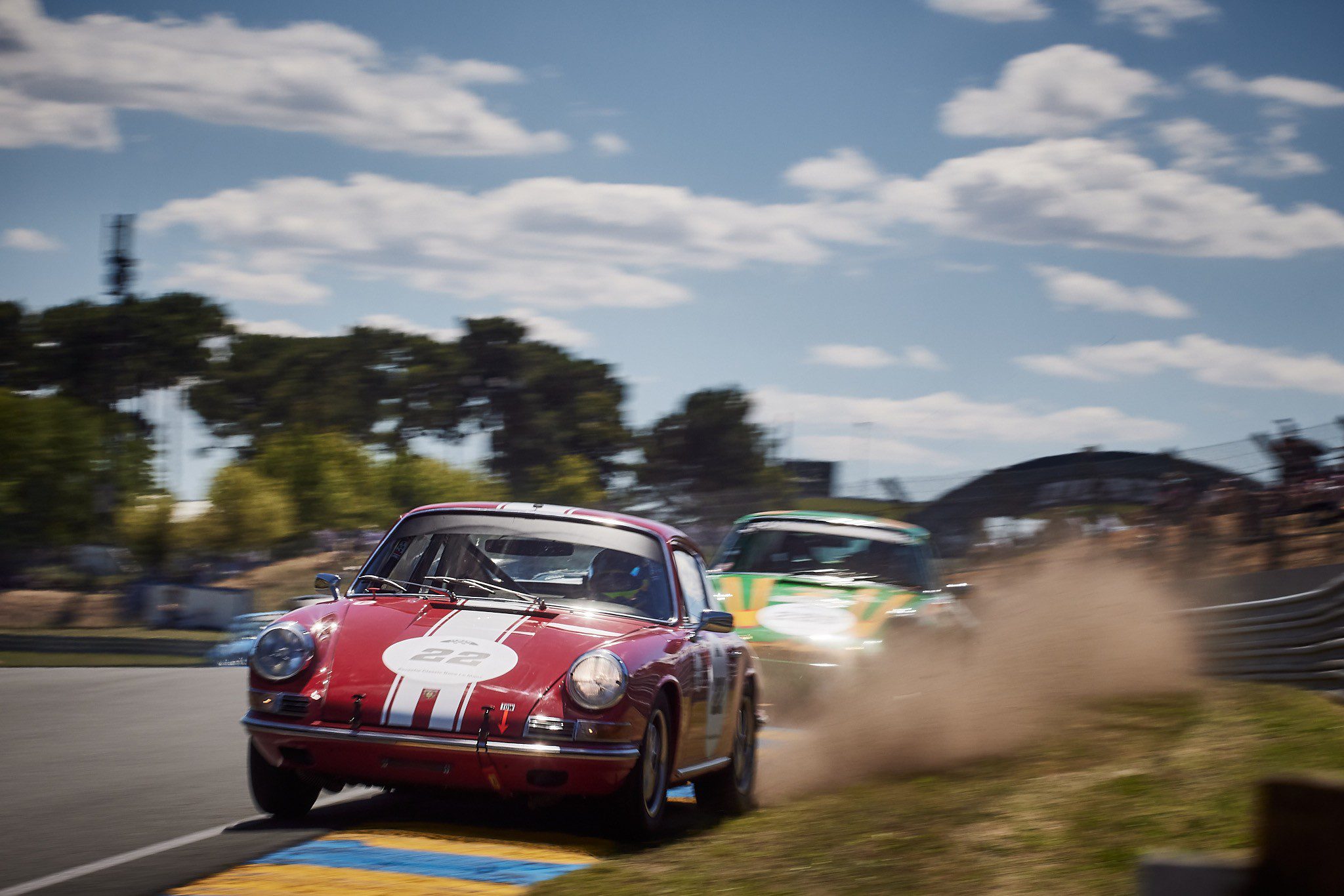
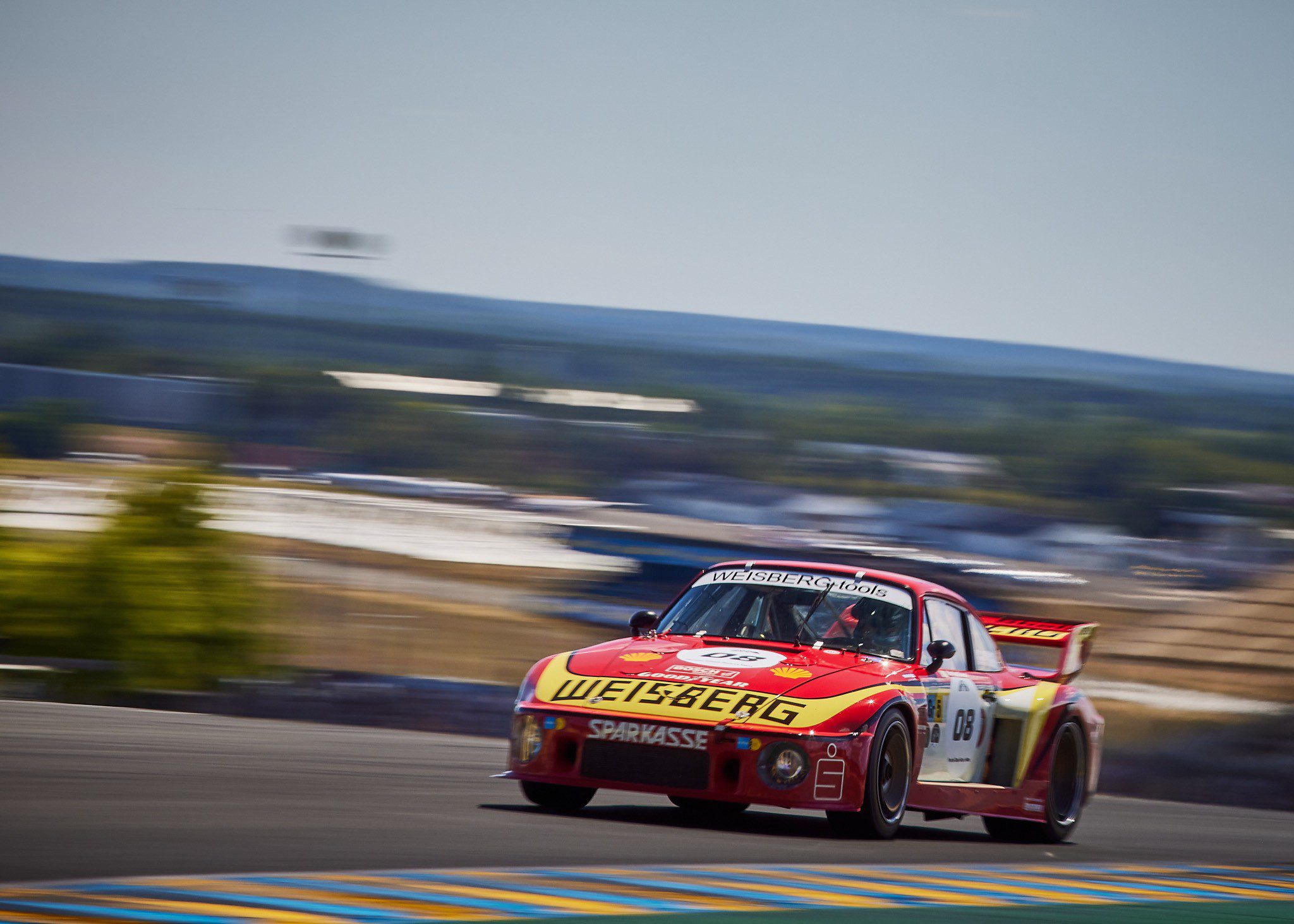
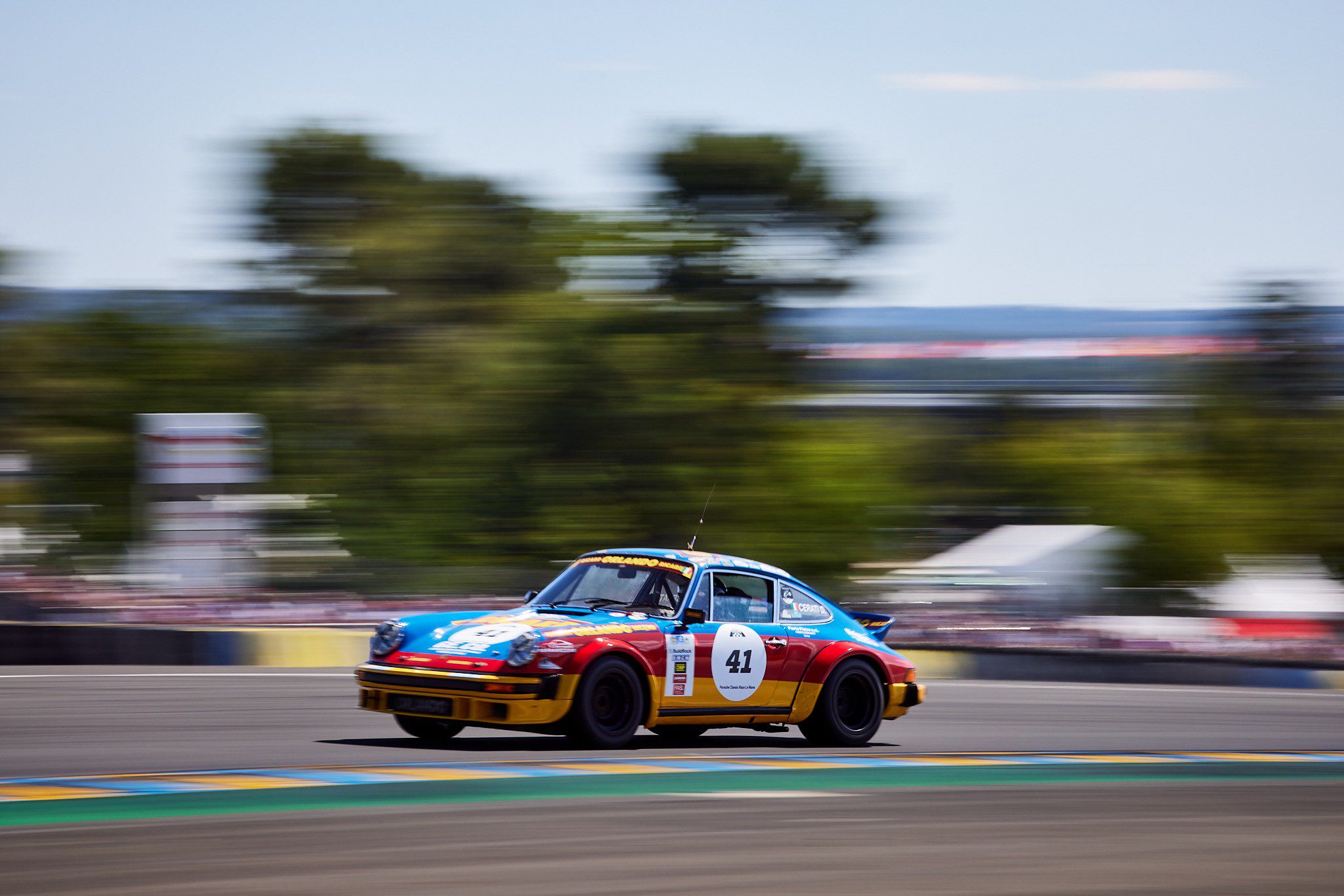






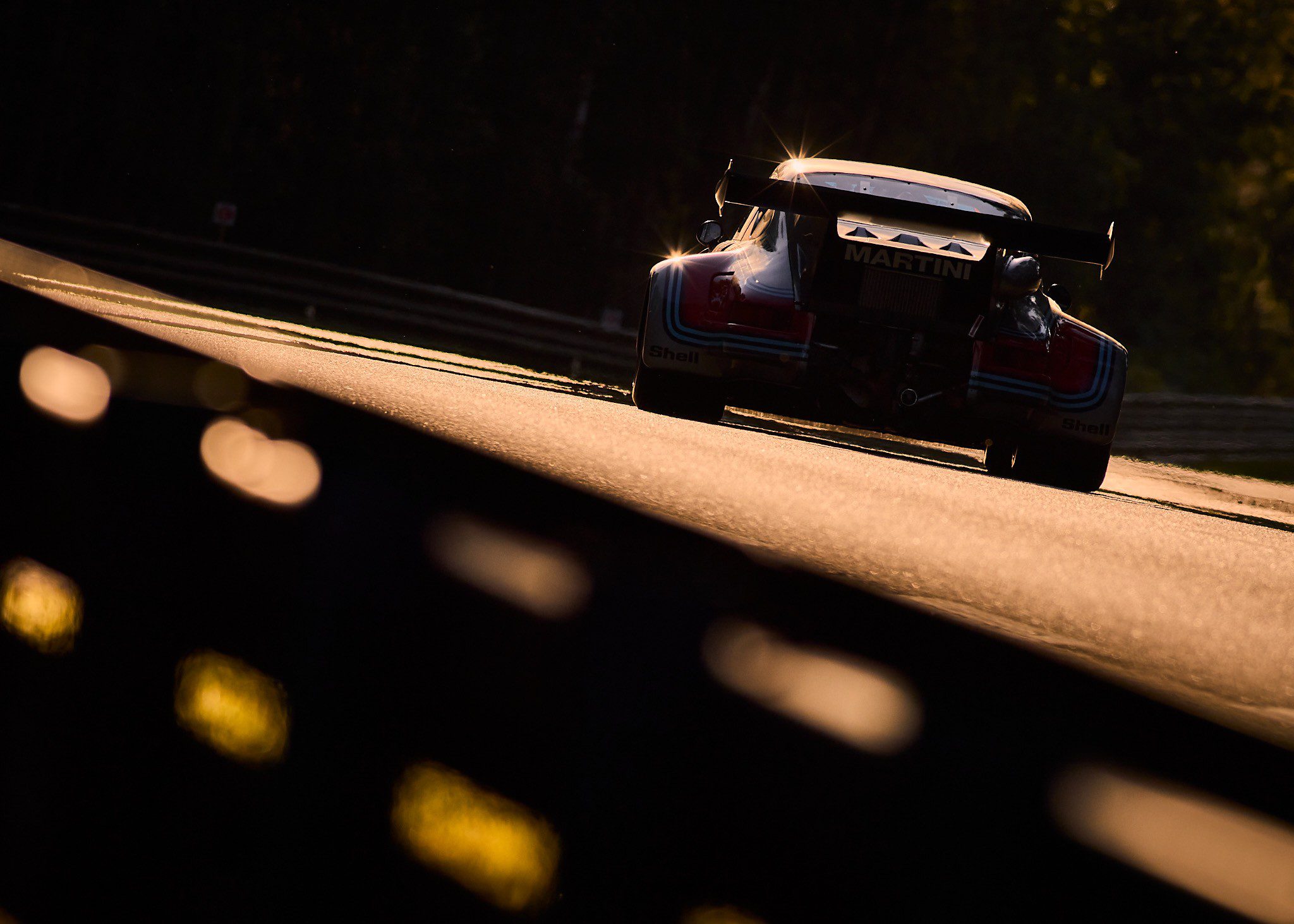


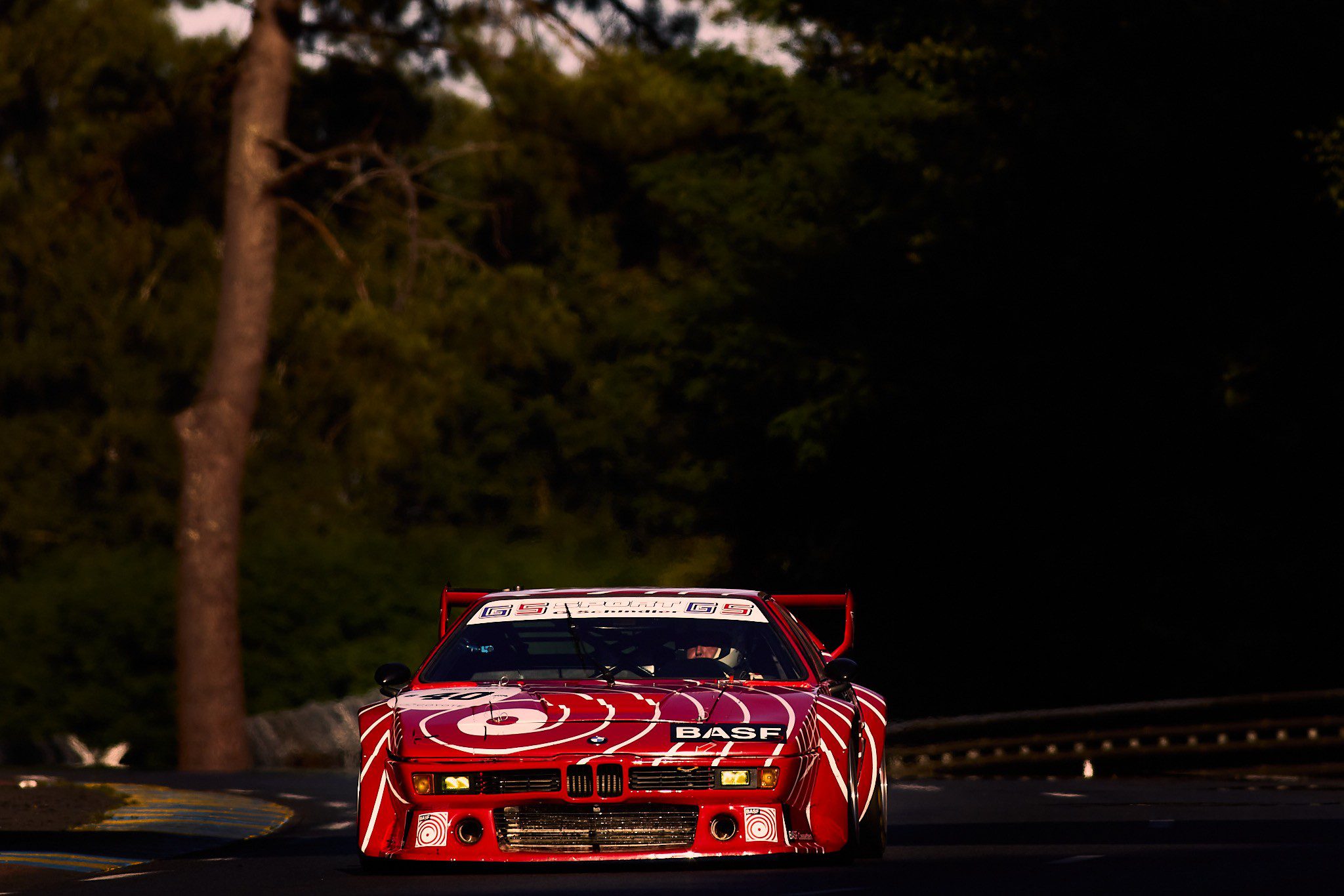


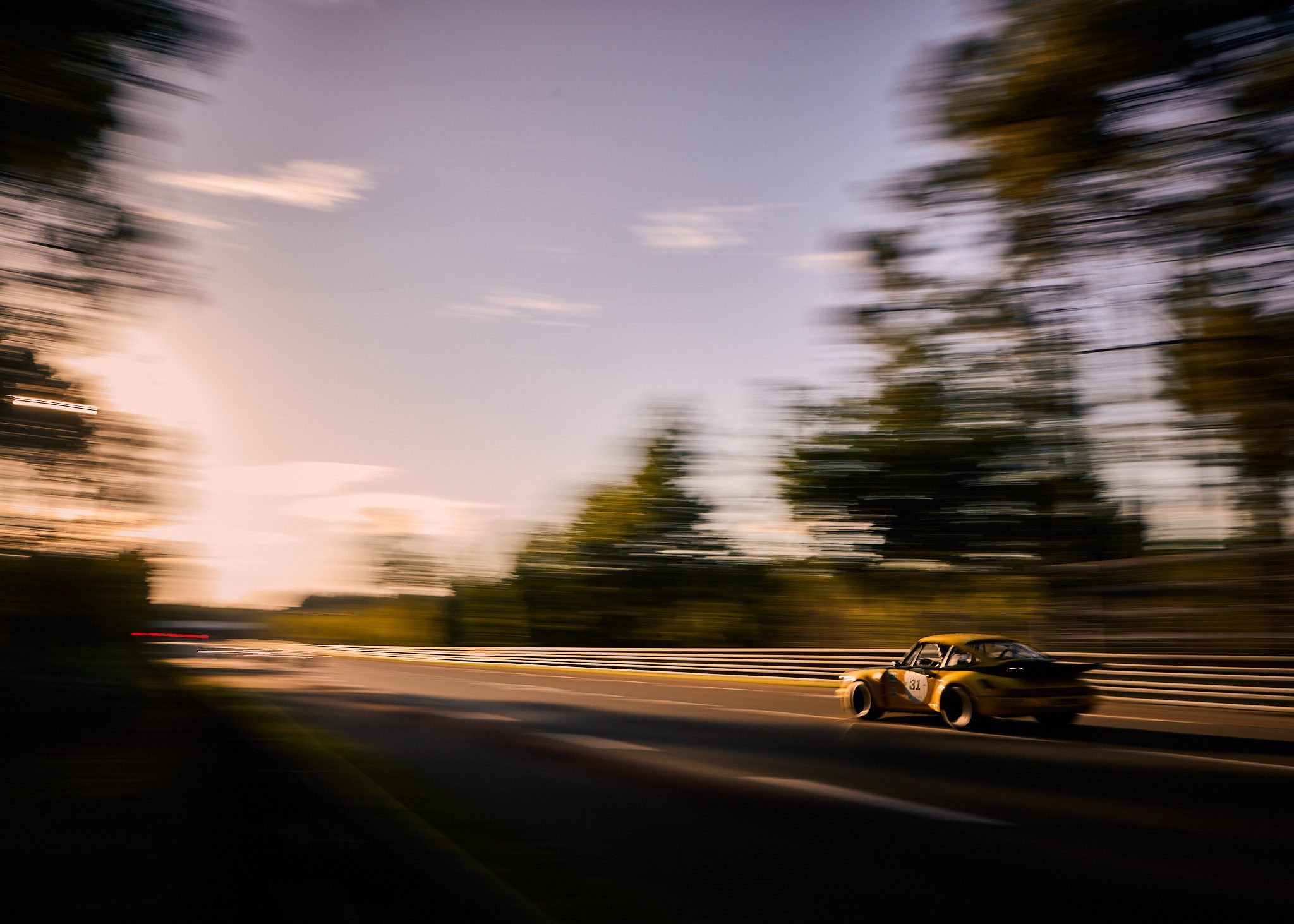

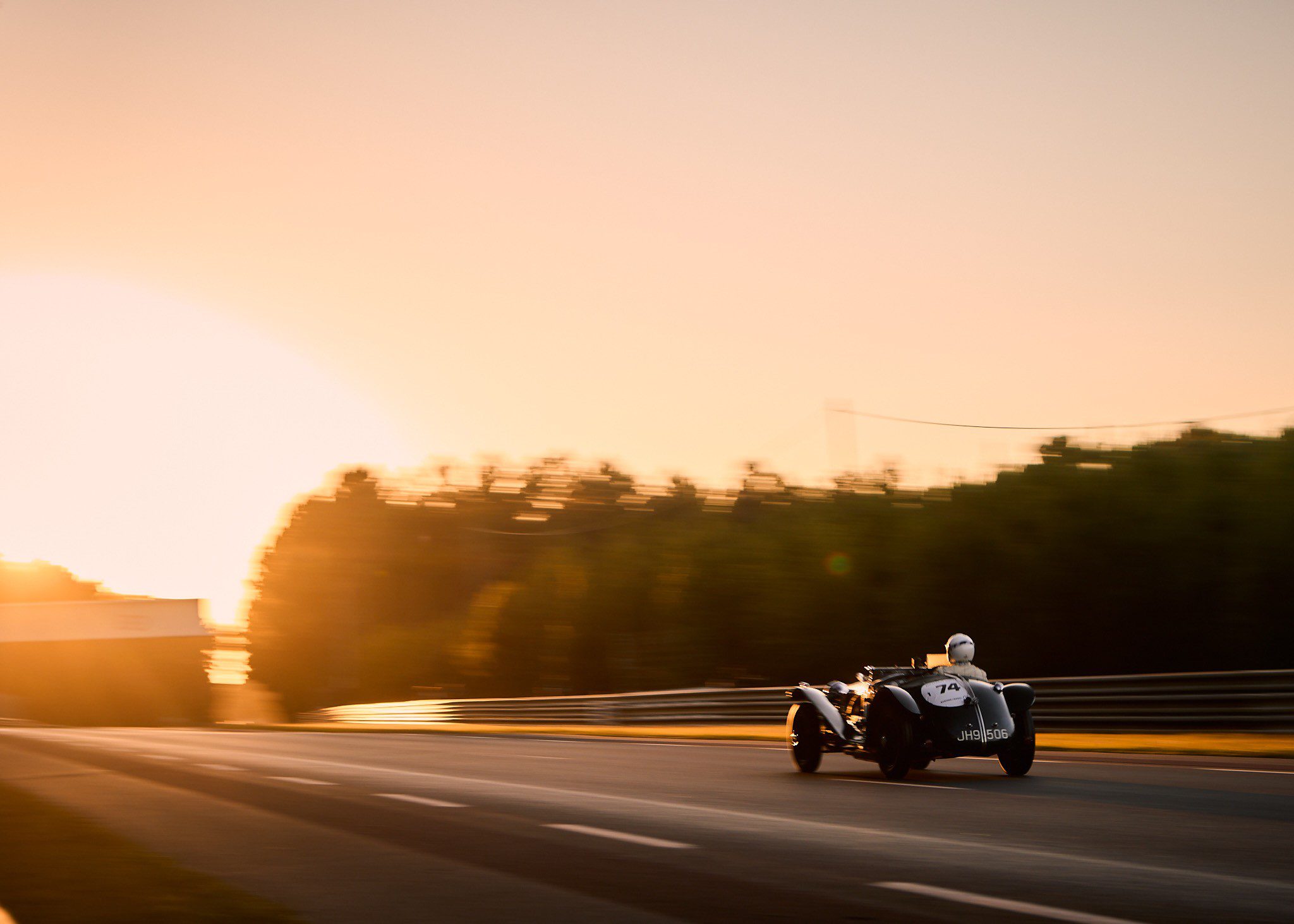
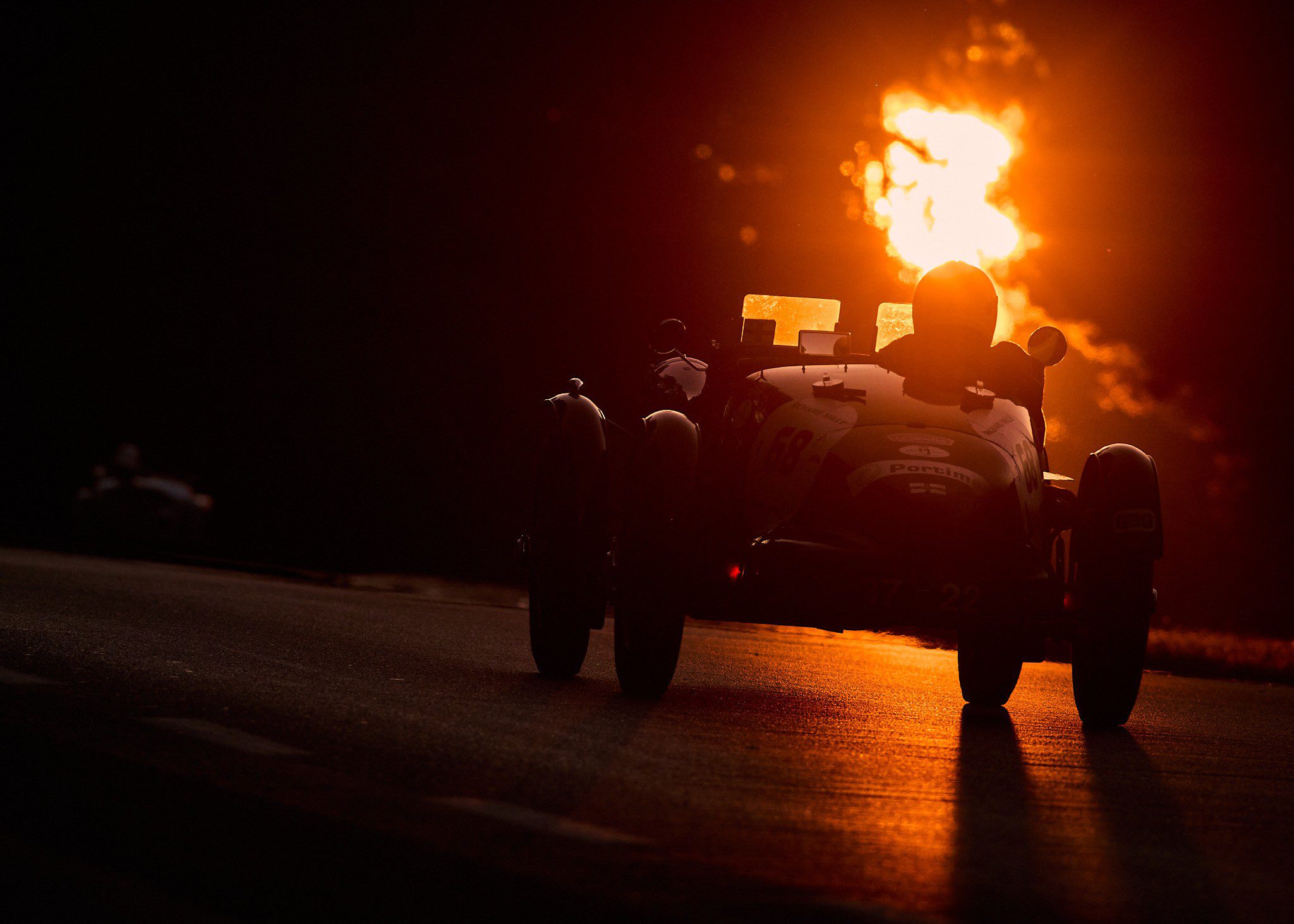
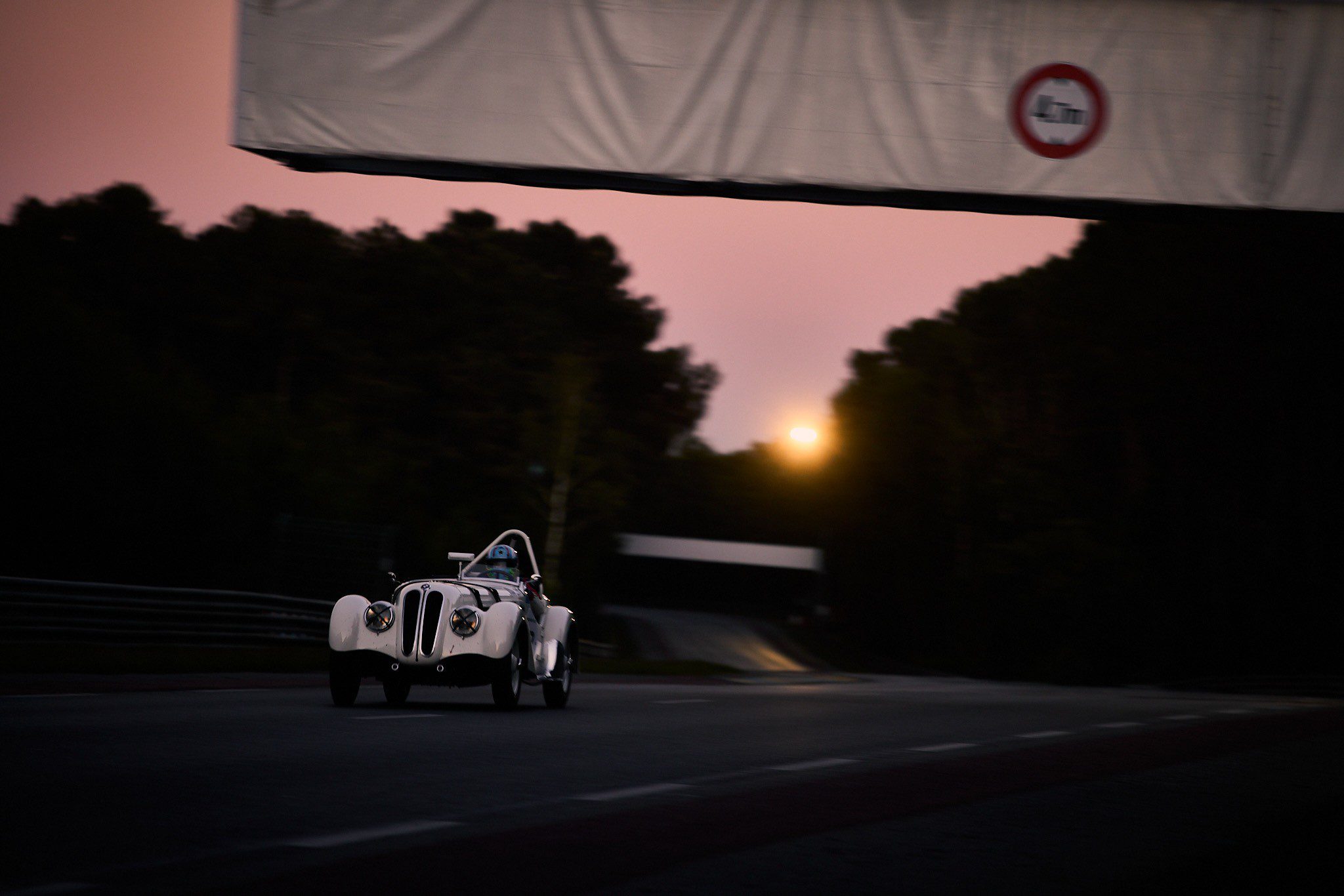
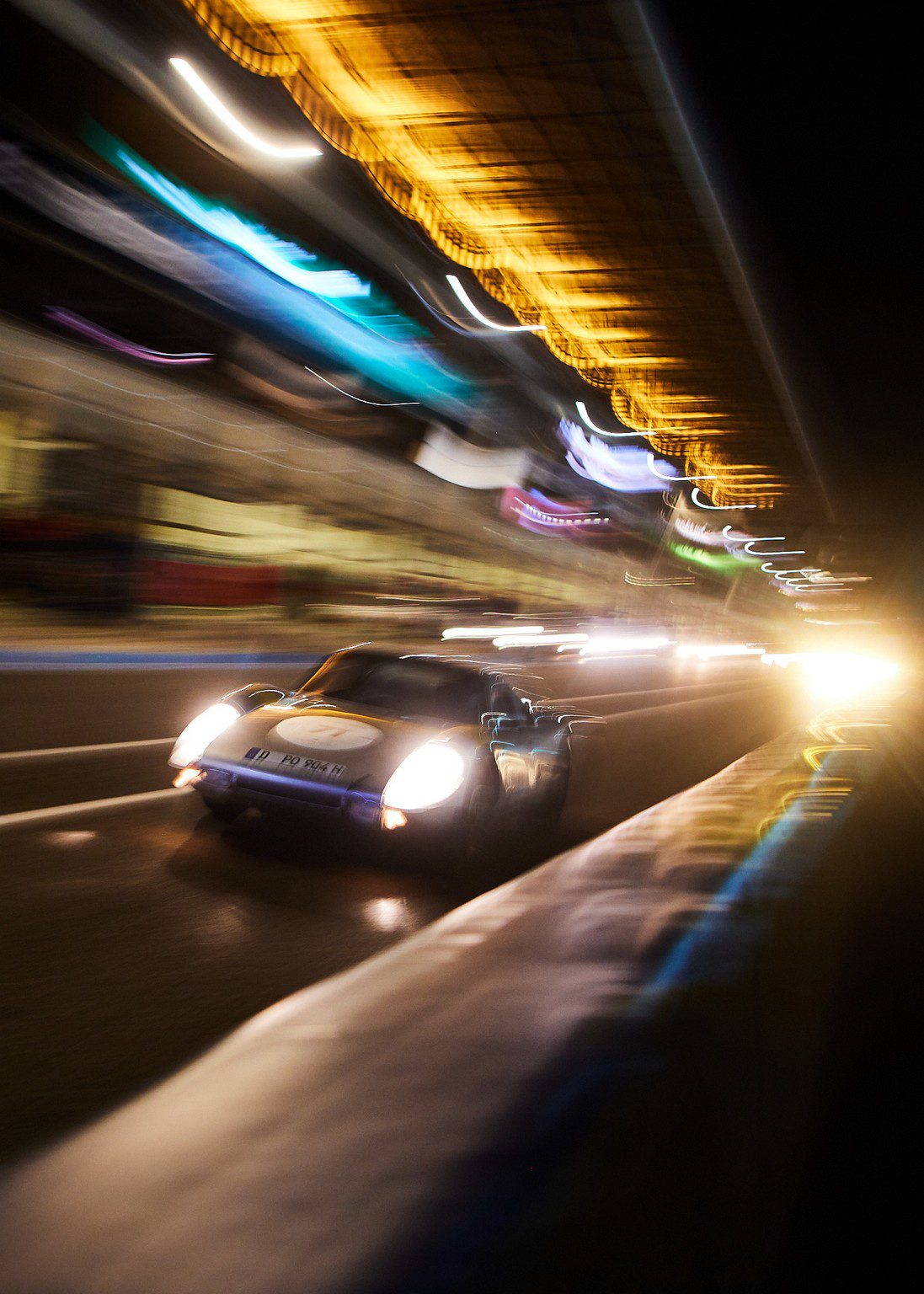


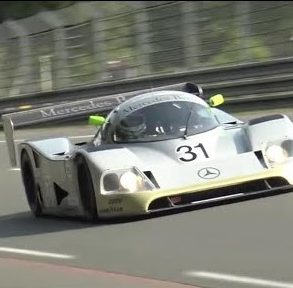




The D-type Jag photo is stunning!
I think the Porsche 718 is a 904.
Matty,
The caption writers got it right, but your text still needs correction. Chrysler (Dodge) was a parent for the Viper. Chevrolet spawned the Corvette.
The picture captions are correct, but “Chevrolet Vipers” is just wrong 😑